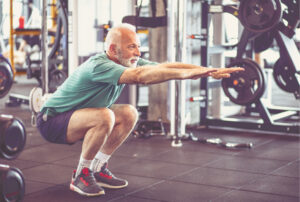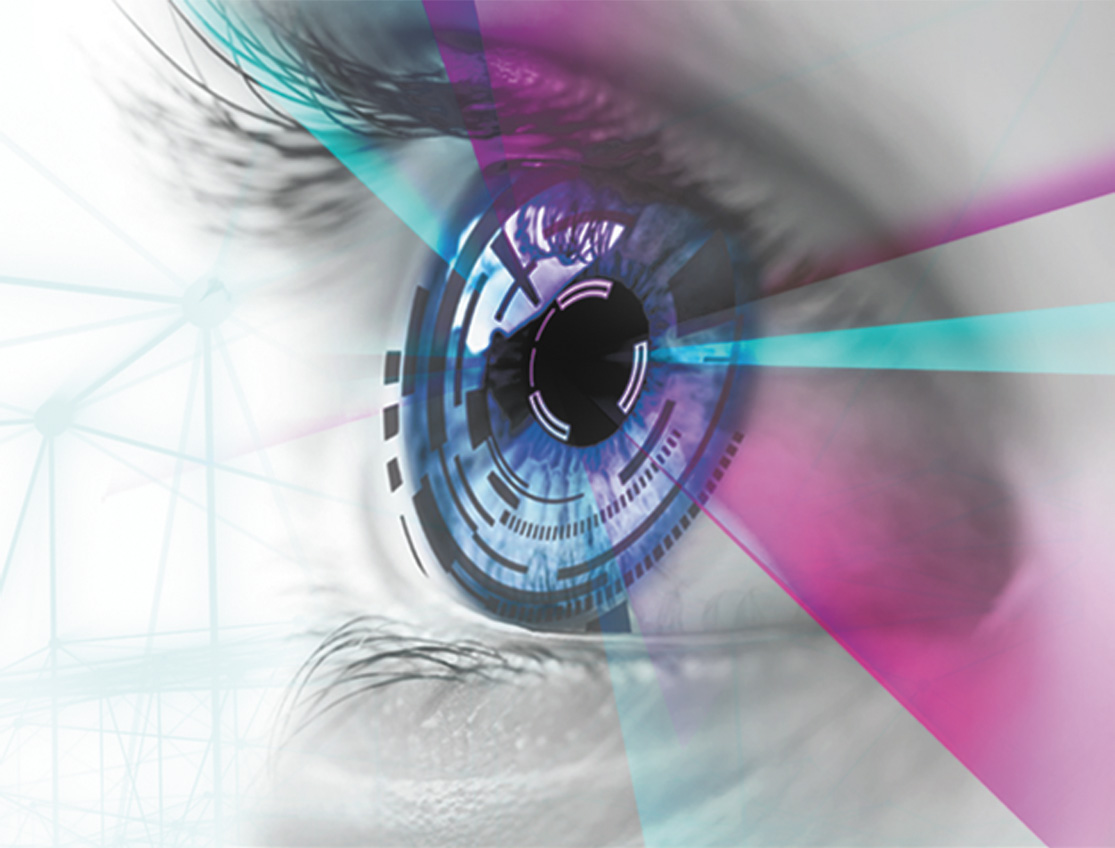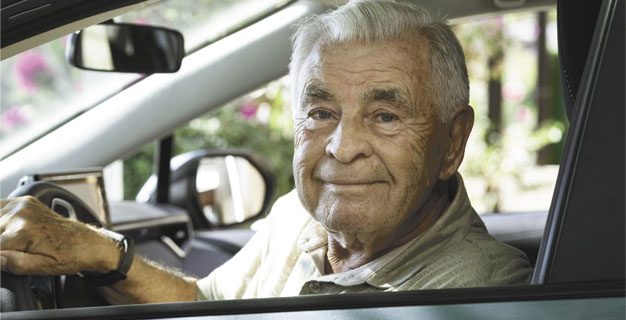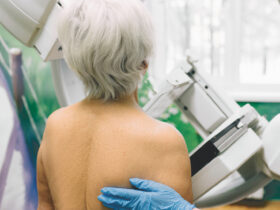 Every October, Physical Therapy Month reminds us to celebrate the power of movement and the professionals who help us heal, recover, and live more active lives. Whether you’re recovering from an injury, managing chronic pain, or working to improve mobility and balance, physical therapy often serves as a lifeline. But here’s something many people overlook: the health of your feet—the foundation of your body—plays an essential role in how effective physical therapy can be. And one of the simplest yet most transformative tools in the process? Proper arch support.
Every October, Physical Therapy Month reminds us to celebrate the power of movement and the professionals who help us heal, recover, and live more active lives. Whether you’re recovering from an injury, managing chronic pain, or working to improve mobility and balance, physical therapy often serves as a lifeline. But here’s something many people overlook: the health of your feet—the foundation of your body—plays an essential role in how effective physical therapy can be. And one of the simplest yet most transformative tools in the process? Proper arch support.
Why Feet Matter More Than We Think
It’s easy to forget just how much our feet do for us. They carry the weight of our entire body, absorb shock, and keep us balanced as we walk, run, or even just stand still. Each foot contains 26 bones, 33 joints, and more than 100 muscles, tendons, and ligaments—an intricate system working tirelessly every single day.
But when your arches aren’t properly supported, this delicate system can quickly become unbalanced. Flat feet, high arches, or even slight misalignments in the way your feet hit the ground can ripple up through the body, leading to pain in the ankles, knees, hips, and lower back. That’s where arch support comes in. By restoring proper alignment and distributing pressure evenly, supportive inserts or orthotics give your body a stable foundation to heal and thrive—especially during physical therapy.
The Missing Piece of the Puzzle
Many patients begin physical therapy because they’re dealing with pain: maybe a knee that’s been sore for years, a stubborn case of plantar fasciitis, or a back that flares up after long days of sitting. Physical therapists do an incredible job helping people strengthen muscles, improve flexibility, and retrain movement patterns. But when poor foot mechanics are part of the problem, exercises alone may not fully resolve the issue.
Arch support addresses the root cause, complementing the therapist’s work. For example, if you’re doing strengthening exercises for your quads and hips to relieve knee pain, but your arches collapse every time you take a step, that knee is still under extra stress. By adding arch support, you’re reinforcing the foundation so the therapy work “sticks.” It’s a one-two punch: support plus movement training.
Better Alignment, Better Results
One of the key benefits of arch support is improved alignment. Think of it like building a house: if the foundation is crooked, no matter how much work you do on the walls or roof, the structure won’t be stable. Your body is the same way. Proper arch support helps your ankles stay in a neutral position, which in turn keeps your knees, hips, and spine aligned.
This alignment doesn’t just reduce pain—it also allows the muscles you’re strengthening in physical therapy to function as they’re supposed to. For instance, if your glutes are weak, your therapist might give you targeted exercises. But if your feet roll inward with every step, those glutes will keep overcompensating. Supportive arches remove the extra strain, letting your therapy progress more smoothly and effectively.
Relief That Encourages Consistency
Let’s be honest: physical therapy requires commitment. The exercises work, but only if you stick with them. Pain can make it tempting to skip sessions or put off doing your at-home program. Proper arch support can provide relief that makes it easier to stay consistent. When every step feels more comfortable, motivation to keep moving naturally increases.
Patients often report that when their feet are supported, they’re able to walk farther, exercise longer, and engage more confidently in their therapy routines. This kind of momentum is exactly what makes recovery possible.
Beyond Recovery: Preventing Future Problems
Physical therapy isn’t just about fixing what hurts—it’s also about preventing future injuries. Arch support plays a role here too. By correcting imbalances before they lead to wear and tear, supportive orthotics reduce the likelihood of recurring issues. For athletes, that could mean fewer shin splints or stress fractures. For older adults, it could mean improved balance and a reduced risk of falls. For anyone, it simply means moving through life with less pain and more ease.
Finding the Right Support
Not all arch supports are created equal. The best results usually come from supports that are personally fitted to your feet, ensuring that they match your unique arches and activity level. Your physical therapist can often guide you toward the right type of support, whether that’s a custom orthotic, an over-the-counter insole, or a specialized shoe.
What matters most is making sure your feet get the attention they deserve. Just like you wouldn’t ignore your core strength or posture, foot health should be part of your overall wellness strategy.
The Takeaway
Physical therapy gives people their lives back—helping them move with less pain, more confidence, and greater freedom. But like any powerful tool, it works best when paired with the right support system. Proper arch support provides the stable foundation your body needs to get the most out of every stretch, every exercise, and every step toward recovery.
This Physical Therapy Month, take a moment to honor the professionals guiding us on the path to healing. And while you’re at it, don’t forget to look down: your feet just might be the key to unlocking even better outcomes in your journey to health and mobility.
Did You Know…?
Improving the alignment, positioning, and functionality of the feet can be achieved through Good Feet’s 3-Step Arch Support System. Combined, these three “steps” of arch support, strengthen and massage the feet toward a more ideal position, helping them achieve the ultimate shape for proper distribution of energy while walking, running, and standing. Each of Good Feet’s arch supports are designed to function as a specific component of the overall 3-Step System design.
The Good Feet Store
(239) 580-6433
www.goodfeet.com
1410 Pine Ridge Rd, Sutie 12
Naples, FL 34108
Arch Support Specialists are ready to help you take the first step toward greater comfort and improved mobility.







